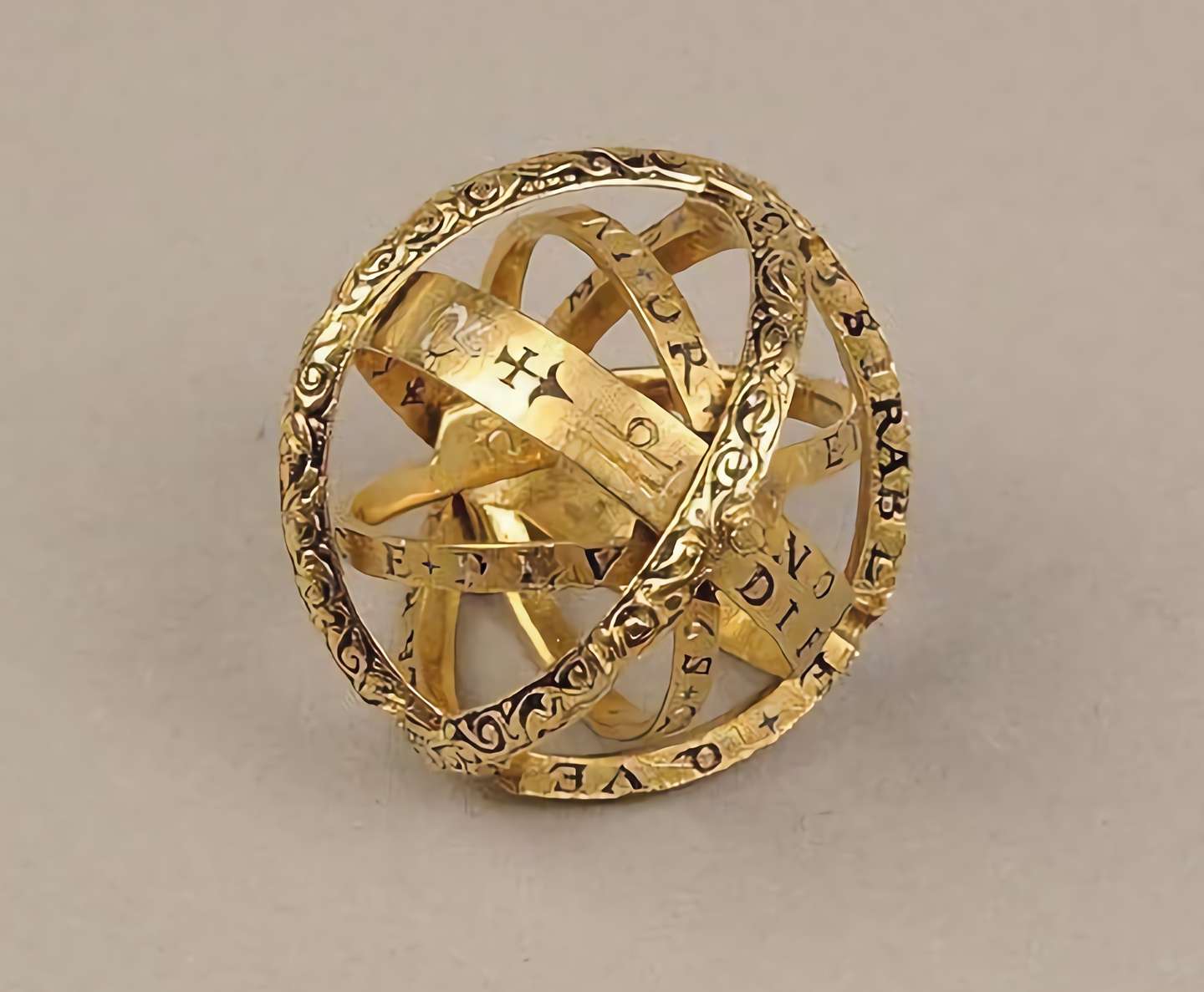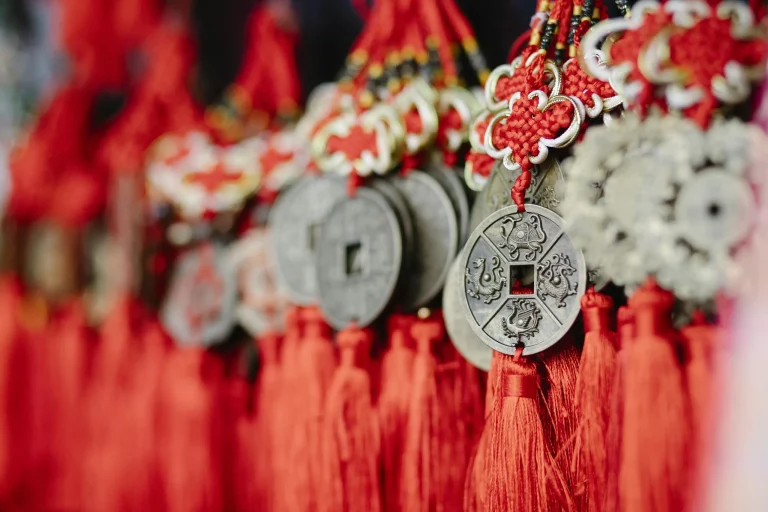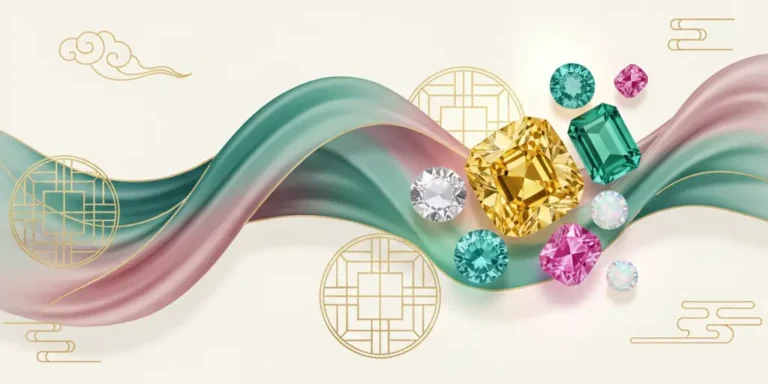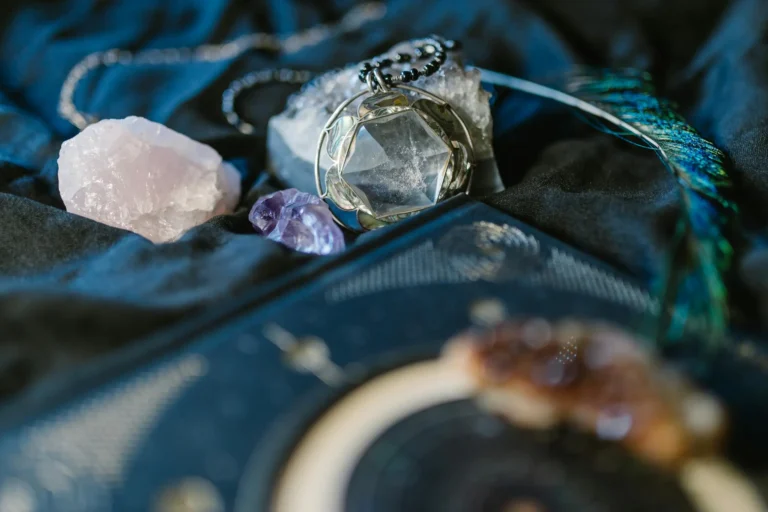The Rise of Mechanical Jewelry: From Astronomical Rings to Fabergé Eggs
Mechanical Jewelry Sparks a Celestial Craze in the Jewelry World
In recent days, a wave of “astronomical fever” has swept through the jewelry community. But why are jewelers suddenly fascinated by astronomy? It all began with a single, ingenious piece of mechanical jewelry — a 16th-century astronomical sphere ring that has captured the imagination of jewelry lovers worldwide.
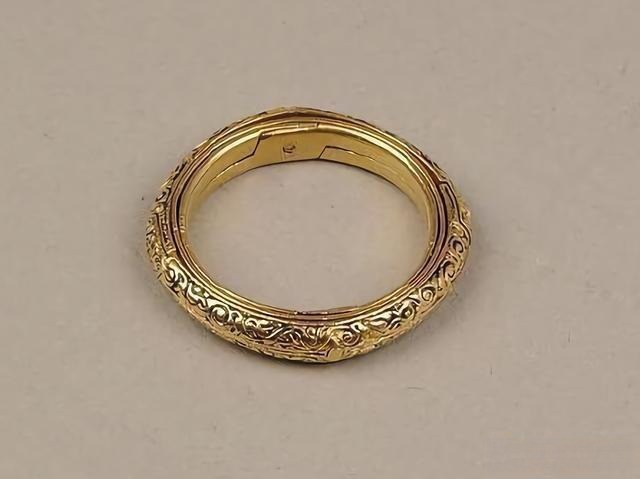
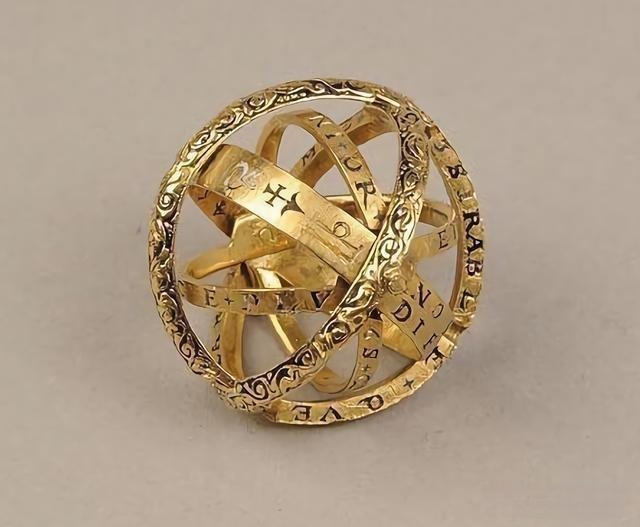
Housed in the Swedish History Museum, this German-made astronomical sphere ring from the 1500s is a masterpiece of mechanical craftsmanship. When closed, it appears as a delicate ring; when unfolded, it transforms into a tiny armillary sphere — a miniature universe resting on your fingertip. No wonder it has gone viral across social media.
The Renaissance of Mechanical Jewelry: Science Meets Jewelry
This ring was not only a trendsetter today but also a symbol of sophistication in its own time. During the 16th and 17th centuries, Europe had emerged from the long Middle Ages, and the Renaissance was in full bloom. Science and art flourished together, producing brilliant minds like René Descartes (analytic geometry), Johannes Kepler (planetary motion laws), and Isaac Newton (the law of universal gravitation).
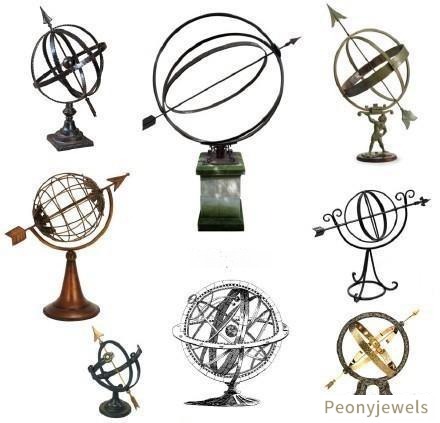
Naturally, the jewelry of that era absorbed influences from mathematics, physics, and astronomy. Perhaps the astronomical ring was created by a devoted fan of Kepler after attending one of his lectures on celestial motion. You can almost imagine a nobleman in Heidelberg University, passionately gesturing during a debate between geocentrism and heliocentrism — his astronomical ring glittering as he spoke.

Johannes Kepler, the “Legislator of the Sky,” remains one of history’s most revered astronomers, physicists, and mathematicians.
The British Museum also holds several astronomical-themed rings, buttons, and pendants, showing just how fashionable celestial motifs were in that era. Jewelers, driven by imagination and skill, blurred the lines between science and art — and when they became romantic, ordinary mortals didn’t stand a chance.
Ancient Chinese Mechanical Jewelry: The “Floating” Silver Perfume Ball
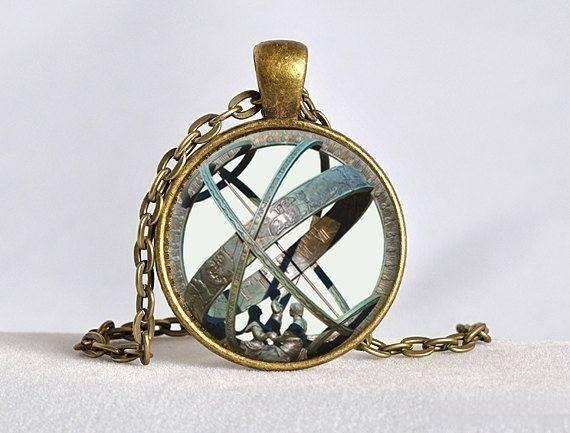
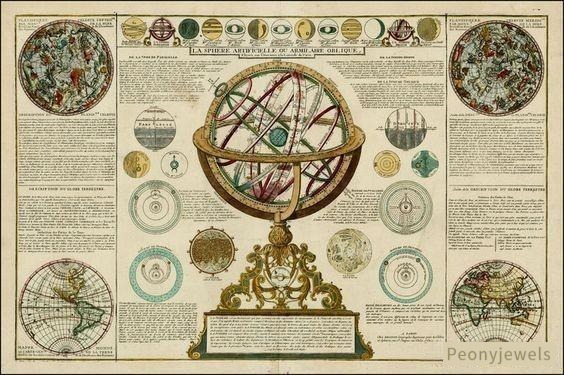
Earlier Than Europe by 600 Years
Long before Renaissance Europe, Chinese artisans of the Tang Dynasty (7th–10th century) had already mastered mechanical principles in jewelry and metalwork. A brilliant example is the Silver Perfume Ball with Grape and Bird Motifs, now housed in the Shaanxi History Museum — an early masterpiece of mechanical design, often described as Tang Dynasty “black technology.”
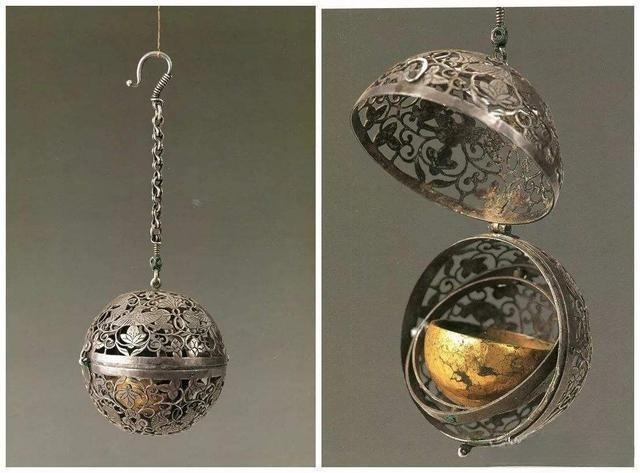
This perfume ball is made of pure silver, with exquisitely carved vines, grapes, blossoms, and birds symbolizing abundance and vitality. The craftsmanship showcases the peak of Tang artistry.
However, its most ingenious feature lies in its gimbal suspension mechanism — not a gyroscope, as sometimes misreported. The internal structure uses concentric rings mounted on pivots, allowing the inner chamber to remain upright no matter how the outer sphere moves. This means the fragrant contents inside never spill, no matter how the wearer moves. It’s an extraordinary demonstration of both beauty and engineering.

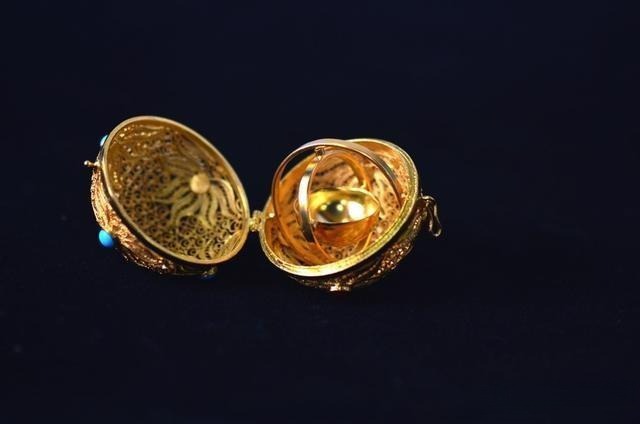
Kinetic Mechanical Jewelry: Rings That Take Flight
Not all mechanical jewelry draws from ancient physics. Modern designers continue to reinvent the concept — like Dukno Yoon, a Seoul-based jewelry artist who merges motion with emotion.
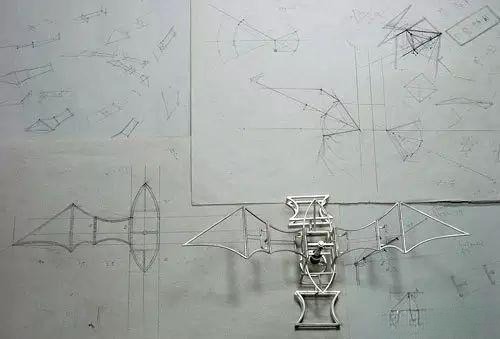
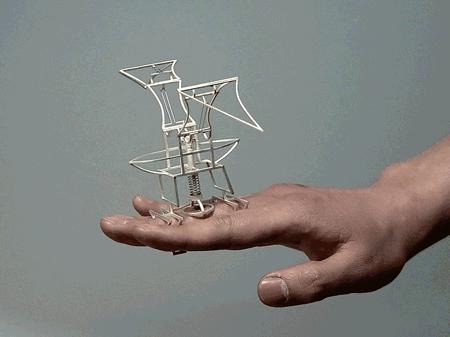
His kinetic bird ring comes to life when worn: as the wearer bends a finger, tiny mechanical wings flap gracefully, mimicking a bird in flight. Yoon’s design integrates precise mechanics and dynamic motion. Each interconnected part responds to the body’s movement, transforming a ring into a poetic expression of freedom and imagination.
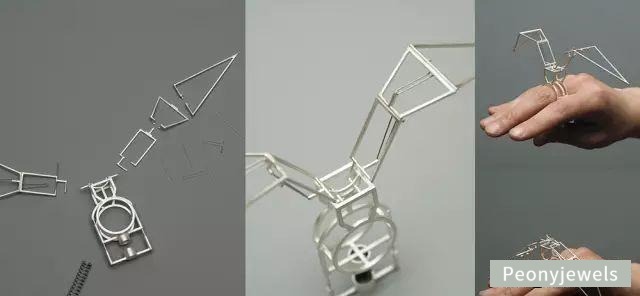
Such jewelry is more than adornment — it’s wearable art, combining playfulness with profound technical mastery.
Fabergé Eggs as Mechanical Jewelry Masterpieces
Sometimes, the beauty of a jewel lies not on its surface but in the secrets it hides within.
Peter Carl Fabergé, the legendary Russian jeweler, created the Fabergé eggs. They rank among the most famous examples of mechanical jewelry. Fabergé crafted only 69 of these exquisite masterpieces. The last Russian Tsar and private collectors commissioned them. Each egg dazzles viewers with opulent gemstones and enamel. Additionally, each egg hides intricate mechanical surprises.
The Laurel Tree Egg
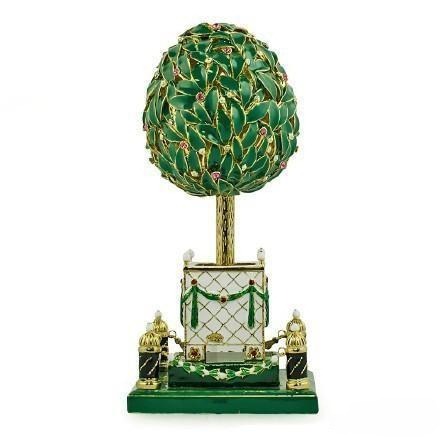
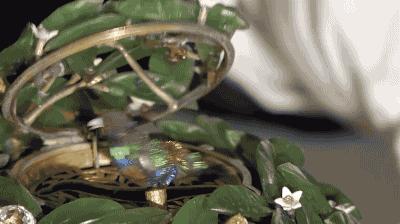
This piece features vivid jade-green enamel leaves and gemstone “fruits.” Hidden within is a miniature mechanical bird that chirps a sweet melody when a jeweled switch is turned. When the song ends, the bird retreats into the leaves — a moment of pure magic.
The Lilies of the Valley Egg
Delicate and romantic, this egg is made of translucent pink enamel, adorned with pearls, diamonds, and rubies. Twist one of the flower stems, and a hidden mechanism reveals miniature portraits of Tsar Nicholas II and his daughters Olga and Tatiana. It’s a perfect marriage of emotion and innovation.
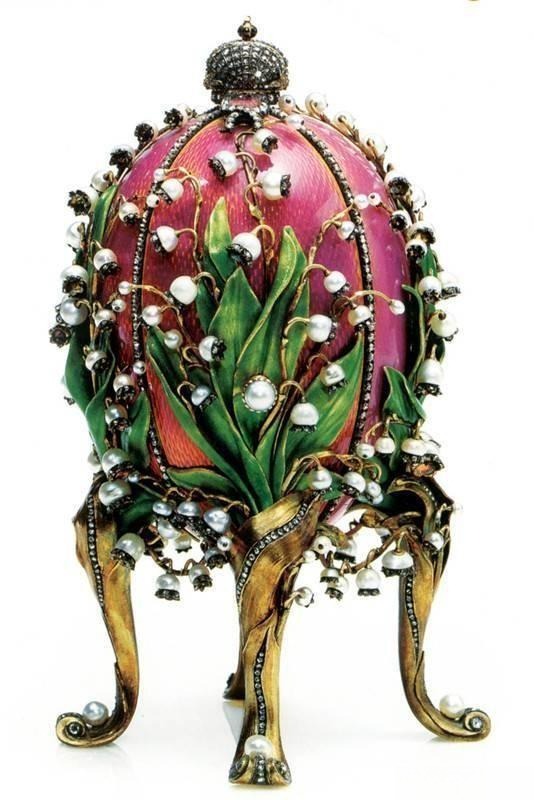
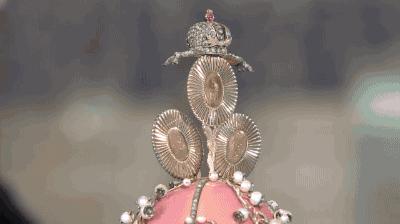
But not every secret compartment was so innocent…
Poison Rings: Deadly Beauty in the Middle Ages
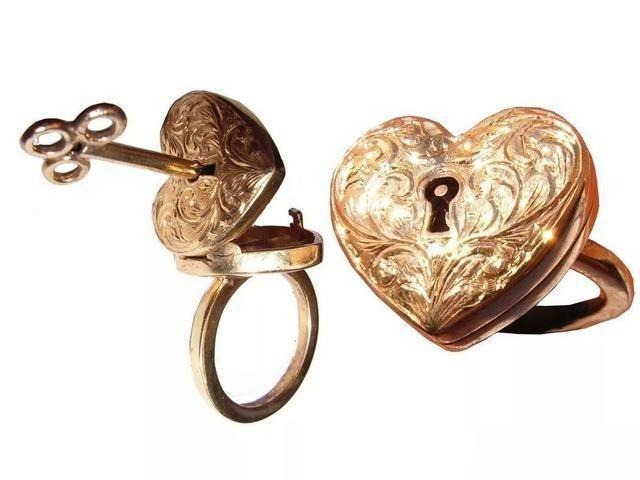
Throughout the Middle Ages, many rings contained hidden poison compartments — a blend of artistry and lethality. Jewelers of the time were not only craftsmen but also skilled inventors of covert mechanisms.
Some poison rings featured tiny hinged boxes that could hold lethal powders or liquids. The wearer could discreetly open the compartment and pour poison into a drink — or in larger rings, store enough to kill a cow.
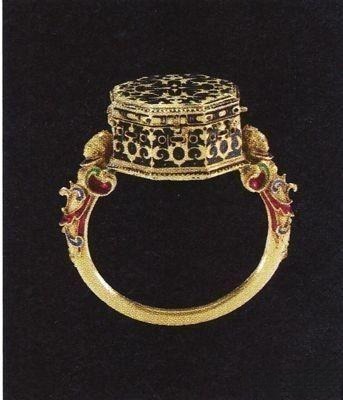
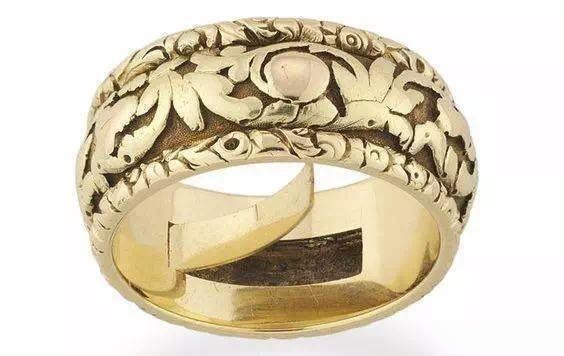
These rings were the ultimate fusion of elegance and danger — deadly beauty in its most literal sense.
The Art of Gears: Roman Booteen’s Mechanical Coins
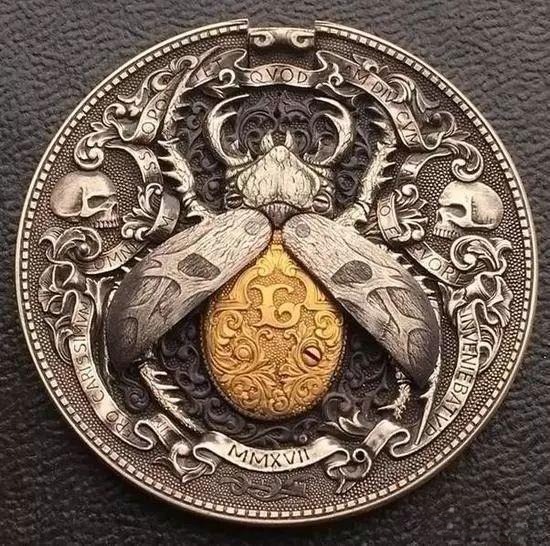
When it comes to modern mechanical art, one cannot ignore Roman Booteen, a Russian master engraver famous for turning ordinary coins into mesmerizing kinetic sculptures.
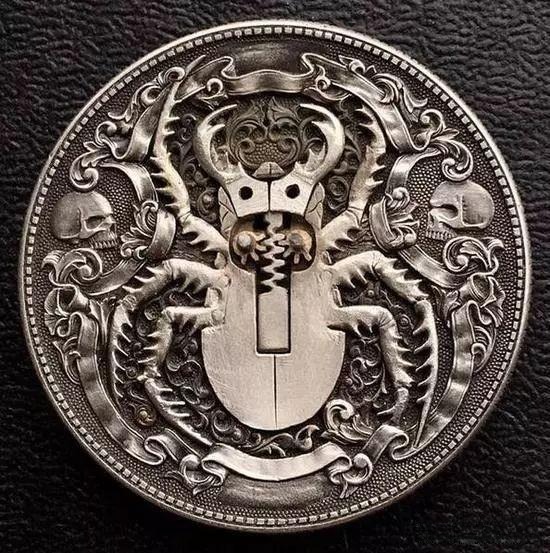
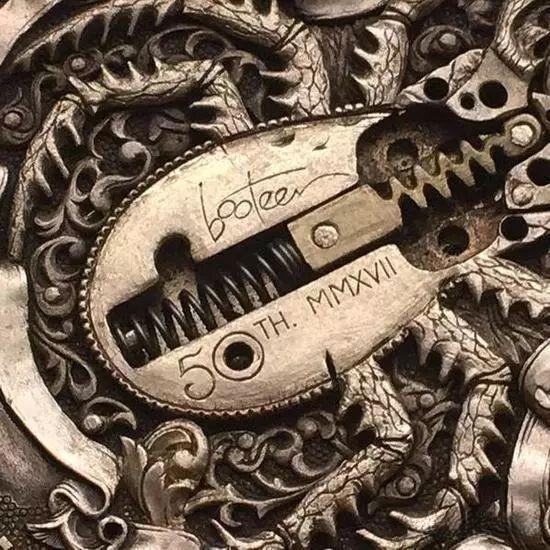
By integrating miniature gears, levers, and springs, Booteen transforms static metal into motion. For instance, one of his most iconic works features a beetle whose wings open when a tiny edge button is pressed, revealing a 22K gold body beneath.
Two interlocking gears and a spring mechanism power this enchanting transformation — all within the space of a single coin.
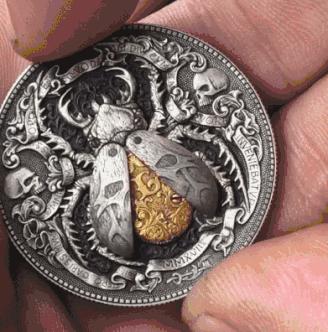
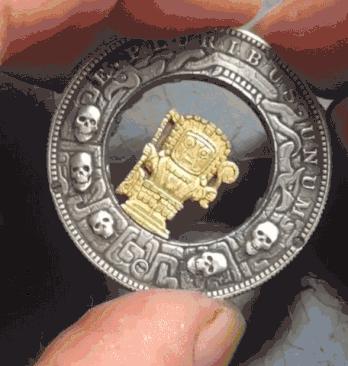
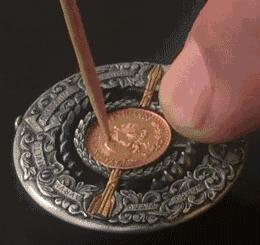
Each of Booteen’s creations showcases the limitless creativity possible when fine art meets precision mechanics.
The Ultimate Fusion: Van Cleef & Arpels and the Poetry of Movement
Jewelry space may be small, but imagination knows no bounds. Most mechanical jewelry incorporates a single moving feature, but Van Cleef & Arpels — the house of poetic complications — takes it to another level.
The Midnight Planetarium Watch
This extraordinary timepiece positions each planet of the solar system on its real orbital path. Each celestial body moves around the dial according to its actual orbital period:
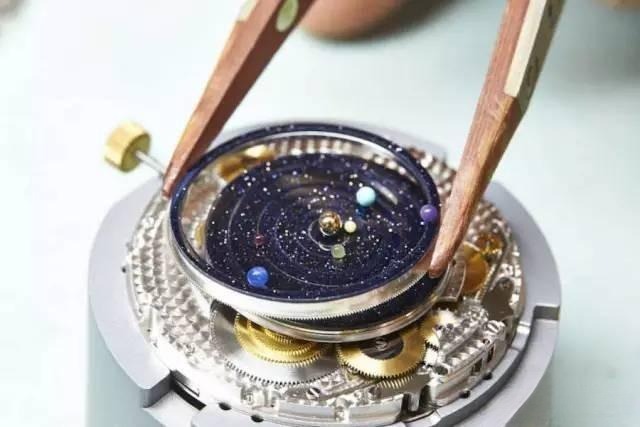
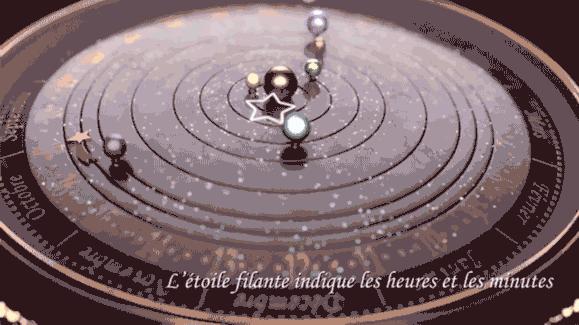
- Mercury completes a rotation every 88 days,
- Jupiter every 12 years,
- Saturn every 29 years.
It’s a breathtaking display of astronomical accuracy and jewelry artistry.
“Le Secret” Collection
In jewelry, Van Cleef & Arpels explores similar ingenuity through its Le Secret collection — a celebration of hidden mechanisms. From secret messages and sliding structures to concealed gems and invisible settings, each piece invites discovery.
The combination of high aesthetic beauty and mechanical wonder makes these jewels irresistible — a double enchantment of design and mystery.
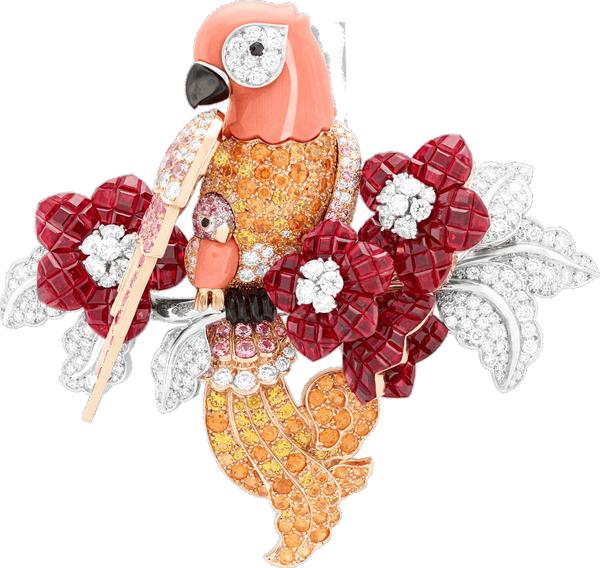
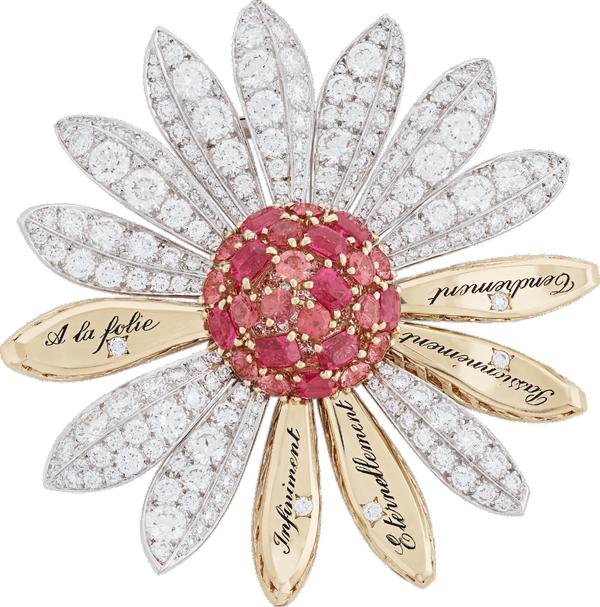
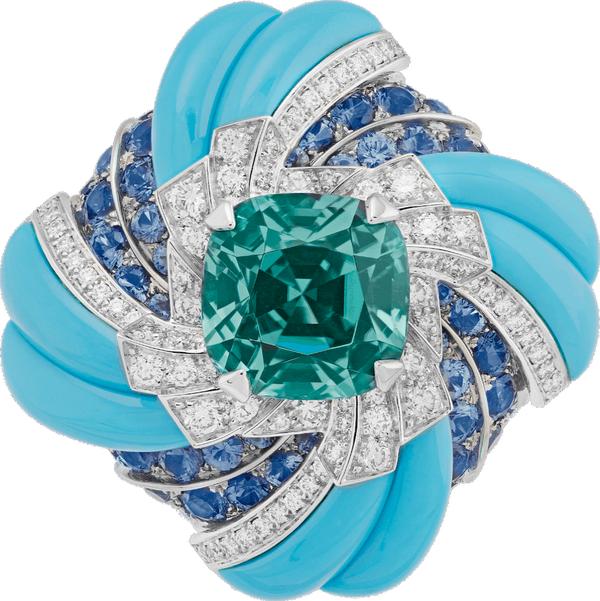
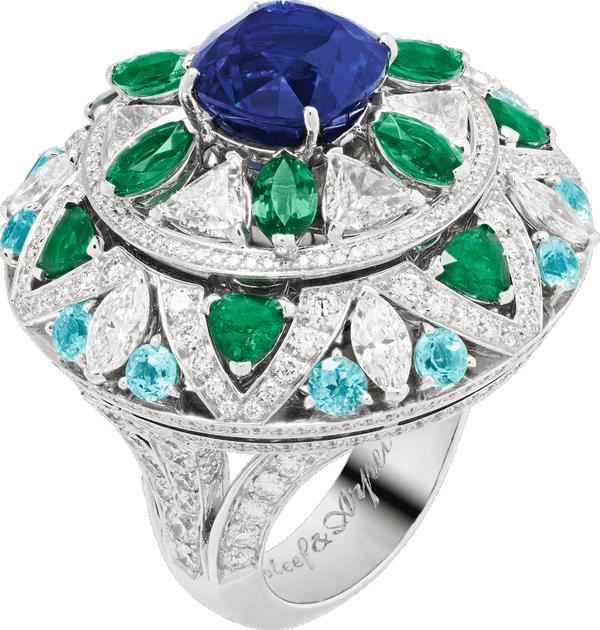
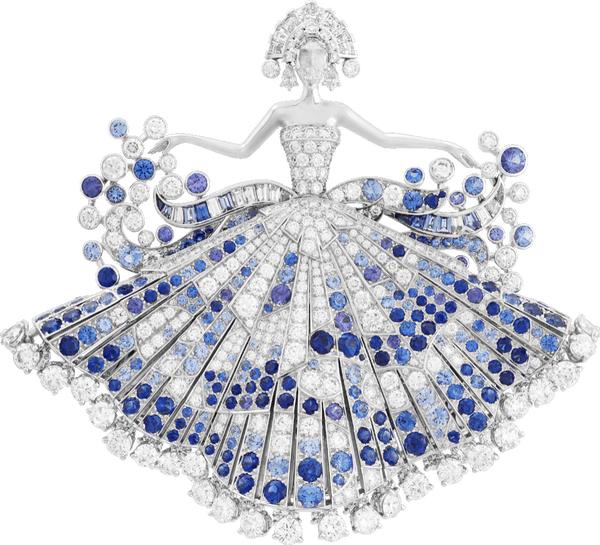
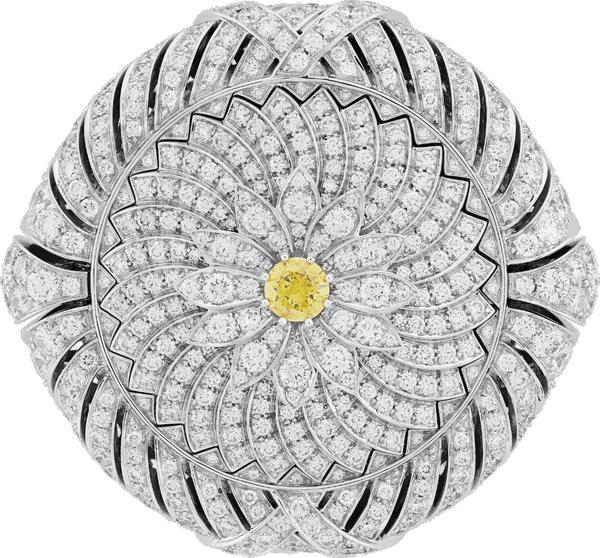
Peonyjewels Says
Mechanisms and jewelry both demand exceptional craftsmanship and boundless imagination.
Mechanical jewelry represents the pinnacle of artistry — where beauty, science, and playfulness meet in perfect harmony. Whether crafted in the 16th century or the 21st, the pursuit of higher skill and precision remains unchanged.
Our admiration for artistry and ingenuity endures — timeless as the stars themselves.
At Peonyjewels, we carry this same spirit of craftsmanship into every piece we create.
Each of our handmade vintage earrings is more than an accessory — it’s a small work of art inspired by history, emotion, and individuality.
Just as the ingenious artisans of the past fused science and beauty in their mechanical masterpieces, Peonyjewels brings that dedication to every hand-shaped curve, every detail polished by touch.
✨ Explore the Peonyjewels collection and discover jewelry where heritage meets imagination, and where every piece tells its own quiet story.

